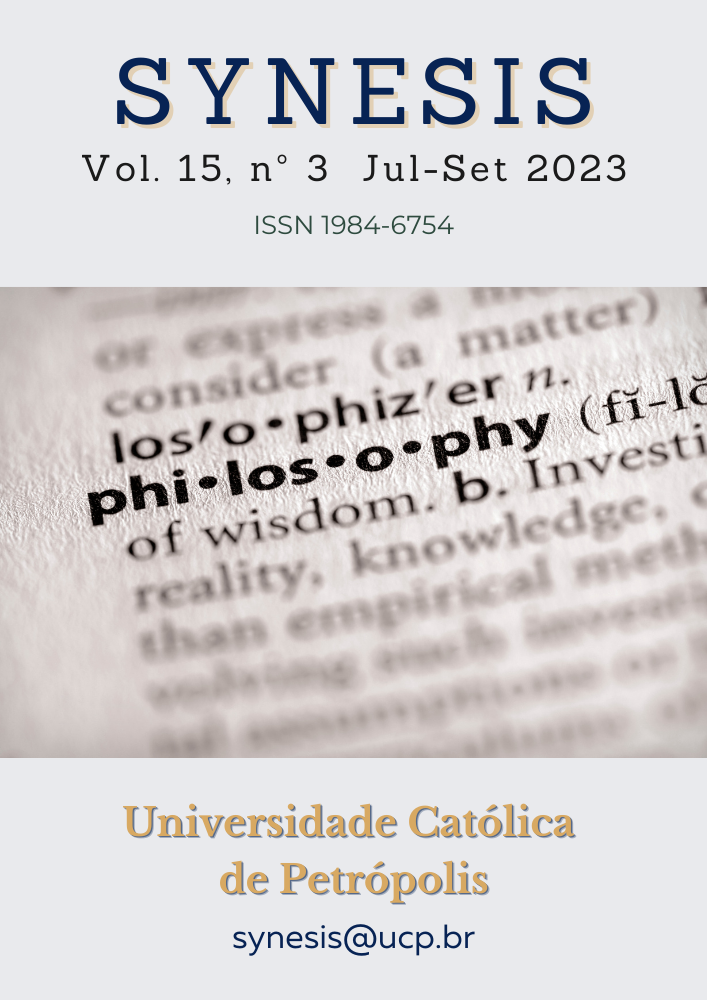Resumo
Como os conceitos importantes na Linguística Funcional Sistêmica, tema e rema formam a estrutura temática. As conexões entre temas e remas das sentenças anteriores e os das últimas sentenças constituem padrões de progressão temática. Tanto as relações entre as estruturas temáticas quanto os vários padrões de progressão temática ajudam a construir um significado coerente em um texto. Com base na teoria da estrutura temática de Halliday e na teoria do fluxo de informação de Martin, este estudo investiga a função de macrotemas, hipertemas e temas na construção da coerência textual no livro infantil ilustrado “Sylvester and the Magic Pebble”. Os temas e remas são identificados em cada frase deste livro infantil ilustrado, ao mesmo tempo que se calculam e analisam a percentagem e utilização de diferentes tipos de temas e padrões de progressão temática. O resultado mostra que a proporção de tema simples é de 68,1%. Os temas simples são principalmente assumidos por substantivos e sintagmas nominais. A coerência textual também é realizada por outras formas de laços coesivos, por exemplo, referência, substituição e coesão lexical. Os achados também mostram que existem quatro padrões de progressão adotados no livro infantil ilustrado, no entanto, os padrões de progressão paralela e contínua são os mais usados. A função preditiva entre diferentes temas hierárquicos torna a coesão e a coerência mais naturais e concisas. Além de ajudar os escritores a criar melhores livros ilustrados com coerência efetiva, as teorias da estrutura temática e do fluxo de informações ajudam as crianças a compreender as informações importantes da história e a construir suas emoções.
Referências
Jin, C. (2021). A Study on Thematic Features and Thematic Advancement Patterns in Network News. Journal of Tianjin Foreign Studies University, (3), 161.
Chen, Y. (2016). Cohesion, Coherence and Restructuring of Translation. Foreign Languages in China, (04), 92-96.
Cloran, C. (1995). ‘Defining and Relating Text Segments: Subject and Theme in Discourse’ In Hasan, R & Fries, P. H. (eds.) On Subject and Theme: A Discourse Functional Perspective. Amsterdam and Philadelphia: John Benjamins Publishing Company.
Li, F. (2022). Research on Thematic Advancement in China. Foreign Language Research, (2), 14-23.
Halliday, M. A. K. (1978). Language as Social Semiotic: The Social Interpretation of Language and Meaning. London: Edward Arnold.
Halliday, M. A. K. (1985). An Introduction to Functional Grammar. London: Edward Arnold.
Halliday, M. A. K. (2004). An Introduction to Functional Grammar (3rd ed). London: Edward Arnold.
Hoey, M. (1991). Patterns of Lexis in Text. Oxford: Oxford University Press.
Huang G. W. (1988). Summary of Discourse Analysis. Changsha: Hunan Education Press.
Martin, J. R. (1992). Theme, Method of Development and Existentiality -- The Price of Reply. Occasional Papers in Systemic Linguistics, (6), 147-184.
Martin, J. R., & Rose, D. (2003/2007). Working with Discourse: Meaning beyond the Clause. London: Continuum.
Pagin, P. (2018). Enrichment, Coherence, and Quantifier Properties. Journal of Pragmatics (01), 012.
What is a Story Mountain? (2023). https://www.twinkl.com.hk/teaching-wiki/story-mountain.
Zhu Y. S. (1995). Thematic Progression and Discourse Analysis. Journal of Foreign Language Teaching and Research, (3), 6-12.

Este trabalho está licenciado sob uma licença Creative Commons Attribution-NonCommercial-NoDerivatives 4.0 International License.
Copyright (c) 2023 Synesis (ISSN 1984-6754)

